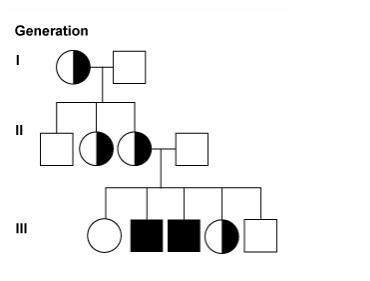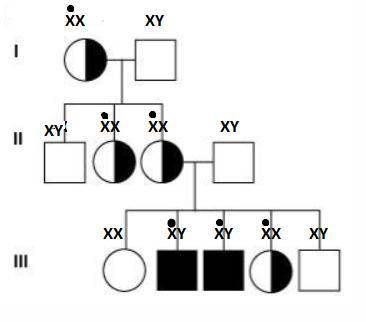
Chemistry, 27.08.2019 23:10 nyceastcoast
Refer to the figure showing a pedigree of a family affected by an x-linked recessive disorder. a female in generation 3 isn't a carrier of the disorder. how can this be?
a. females receive x chromosomes from this fathers only, which are unaffected in this case.
b. females don't have x chromosomes so aren't affected by gene disorders passed on the x chromosome.
c. females receive an x chromosomes from each point parent, but in cases of recessive disorders, the muted chromosome isn't passed on to daughters.
d. females receive an x chromosome from each parent. if a mother is a carrier of an x-linked recessive disorder, her daughters have 50 percent chance of receiving her normal x chromosome and a 50 percent chance of receiving her mutated x chromosome.


Answers: 1


Other questions on the subject: Chemistry

Chemistry, 22.06.2019 03:50, daniel9299
Consider the reaction: n2(g) + o2(g) ? 2no(g) kc = 0.10 at 2000oc starting with initial concentrations of 0.040 mol/l of n2 and 0.040 mol/l of o2, calculate the equilibrium concentration of no in mol/l how would this be done?
Answers: 3


Chemistry, 23.06.2019 07:30, mazielynn84
If you try to move a piano and are unable to move it, did you perform any work in the scientific sense of the word? yes or no?
Answers: 1
You know the right answer?
Refer to the figure showing a pedigree of a family affected by an x-linked recessive disorder. a fem...
Questions in other subjects:


Social Studies, 02.07.2019 02:00

English, 02.07.2019 02:00







Biology, 02.07.2019 02:00




